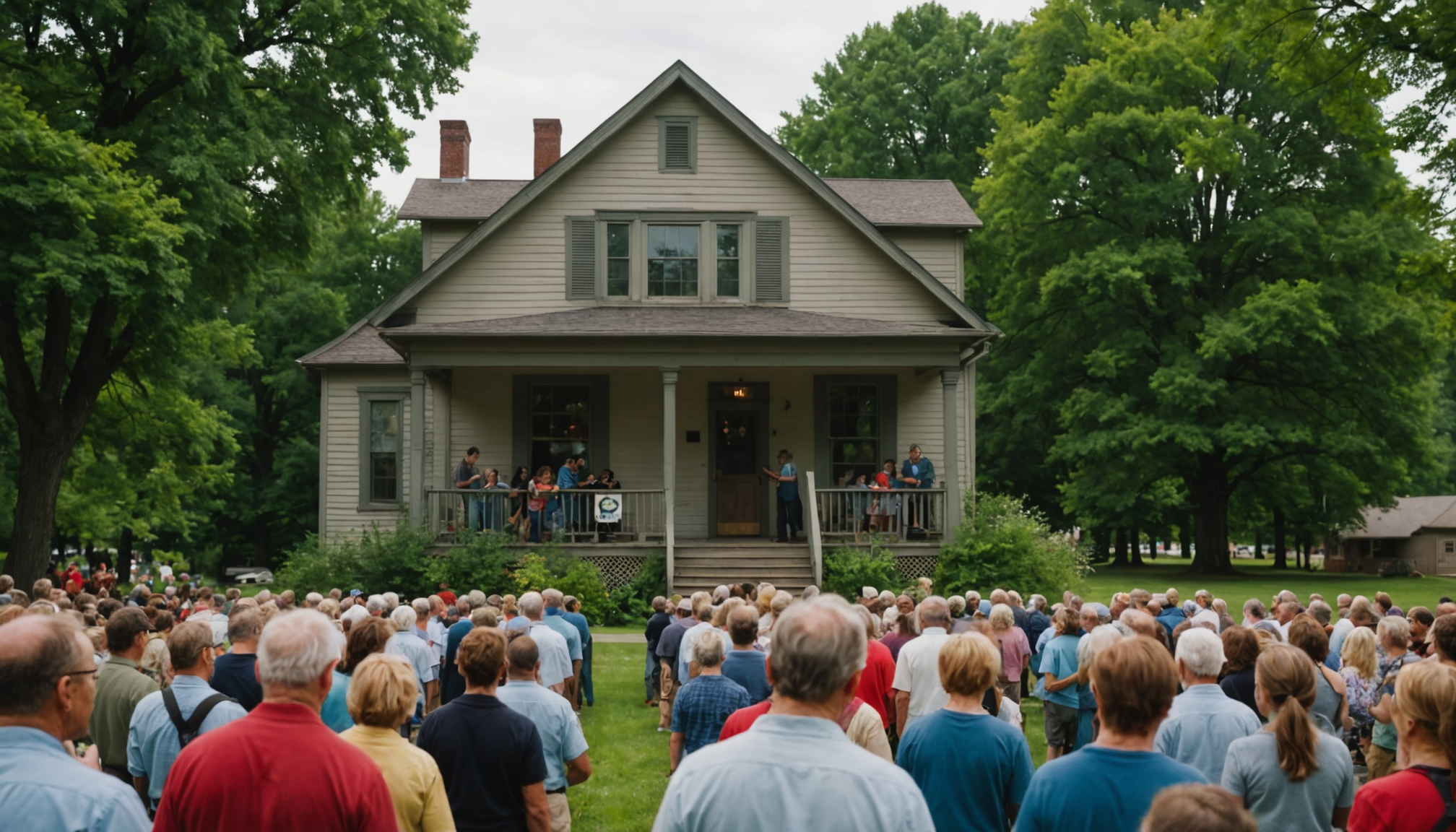
Report on the 50th Anniversary of the DeForest Area Historical Society
Introduction
In 2025, the DeForest Area Historical Society commemorates 50 years of dedicated efforts in preserving the history of the DeForest area. The society was officially chartered on June 30, 1975, by the Wisconsin Historical Society, marking a significant milestone in its development.
Significance of the Charter
The affiliation with the Wisconsin Historical Society represents a critical step for local historical groups. This formal connection provides essential support in several areas:
- Organizational development
- Preparation of by-laws
- Navigation of legal requirements
Alignment with Sustainable Development Goals (SDGs)
The activities and milestones of the DeForest Area Historical Society contribute to several United Nations Sustainable Development Goals, particularly:
- SDG 4: Quality Education – By preserving and sharing local history, the society enhances educational opportunities and promotes lifelong learning.
- SDG 11: Sustainable Cities and Communities – The society supports sustainable community development through cultural preservation and fostering a sense of identity.
- SDG 16: Peace, Justice, and Strong Institutions – By maintaining transparent governance and legal compliance, the society exemplifies strong institutional frameworks at the local level.
Conclusion
The 50-year milestone of the DeForest Area Historical Society not only highlights its commitment to historical preservation but also underscores its role in advancing sustainable development within the community. Continued collaboration with the Wisconsin Historical Society ensures that these efforts remain effective and aligned with broader social and environmental goals.
Analysis of Sustainable Development Goals (SDGs) Relevant to the Article
1. Which SDGs are addressed or connected to the issues highlighted in the article?
- SDG 11: Sustainable Cities and Communities
- The article discusses the preservation of local history by the DeForest Area Historical Society, which contributes to making cities and human settlements inclusive, safe, resilient, and sustainable.
- SDG 4: Quality Education
- Preserving history and maintaining historical societies supports education by providing resources and knowledge about local heritage.
- SDG 16: Peace, Justice and Strong Institutions
- The article mentions the formal affiliation with the Wisconsin Historical Society, which helps local groups organize and navigate legal requirements, contributing to building effective, accountable institutions.
2. What specific targets under those SDGs can be identified based on the article’s content?
- SDG 11: Sustainable Cities and Communities
- Target 11.4: Strengthen efforts to protect and safeguard the world’s cultural and natural heritage.
- SDG 4: Quality Education
- Target 4.7: Ensure that all learners acquire knowledge and skills needed to promote sustainable development, including through education for sustainable development and sustainable lifestyles.
- SDG 16: Peace, Justice and Strong Institutions
- Target 16.6: Develop effective, accountable and transparent institutions at all levels.
3. Are there any indicators mentioned or implied in the article that can be used to measure progress towards the identified targets?
- For Target 11.4:
- Indicator 11.4.1: Total expenditure (public and private) per capita spent on the preservation, protection and conservation of all cultural and natural heritage.
- Implied by the historical society’s activities and its affiliation with the state organization supporting preservation efforts.
- For Target 4.7:
- Indicator 4.7.1: Extent to which education for sustainable development is mainstreamed at all levels in national education policies, curricula, teacher education and student assessment.
- Implied through the historical society’s role in educating the community about local history.
- For Target 16.6:
- Indicator 16.6.1: Primary government expenditures as a proportion of original approved budget, by sector (or by budget codes or similar).
- Indicator 16.6.2: Proportion of the population satisfied with their last experience of public services.
- Implied through the formal organization and legal structuring supported by the Wisconsin Historical Society.
4. Table: SDGs, Targets and Indicators
| SDGs | Targets | Indicators |
|---|---|---|
| SDG 11: Sustainable Cities and Communities | 11.4: Strengthen efforts to protect and safeguard the world’s cultural and natural heritage. | 11.4.1: Total expenditure per capita on preservation, protection, and conservation of cultural and natural heritage. |
| SDG 4: Quality Education | 4.7: Ensure all learners acquire knowledge and skills for sustainable development. | 4.7.1: Extent of mainstreaming education for sustainable development in policies and curricula. |
| SDG 16: Peace, Justice and Strong Institutions | 16.6: Develop effective, accountable and transparent institutions at all levels. |
|
Source: hngnews.com






